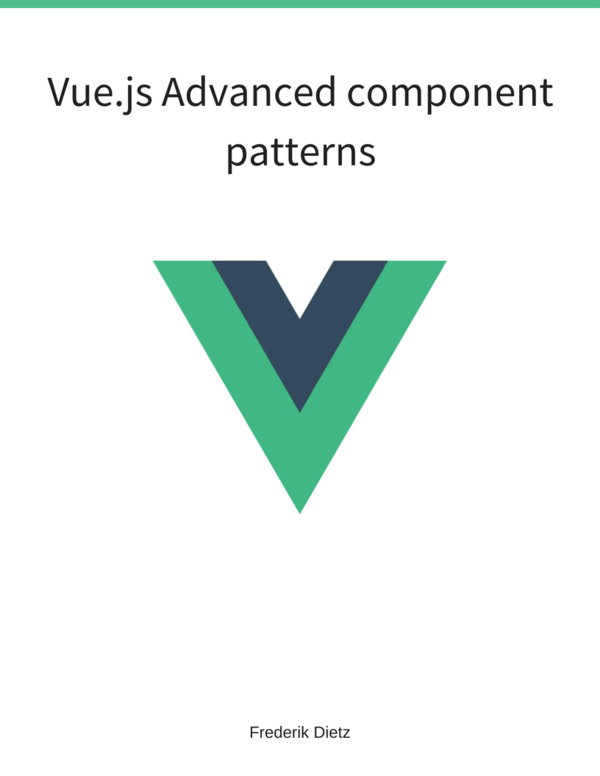URLs, Routing and Partials
The $location service in Angular.js parses the current browser URL and makes it available to your application. Changes in either the browser address bar or the $location service will be kept in sync.
Depending on the configuration, the $location service behaves differently and has different requirements for your application. We will first look into client-side routing with hashbang URLs since it is the default mode, and then later, look at the new HTML5-based routing.
Table of Contents
- URLs, Routing and Partials
- Client-Side Routing with Hashbang URLs
- Using Regular URLs with the HTML5 History API
- Using Route Location to Implement a Navigation Menu
- Listening on Route Changes to Implement a Login Mechanism
